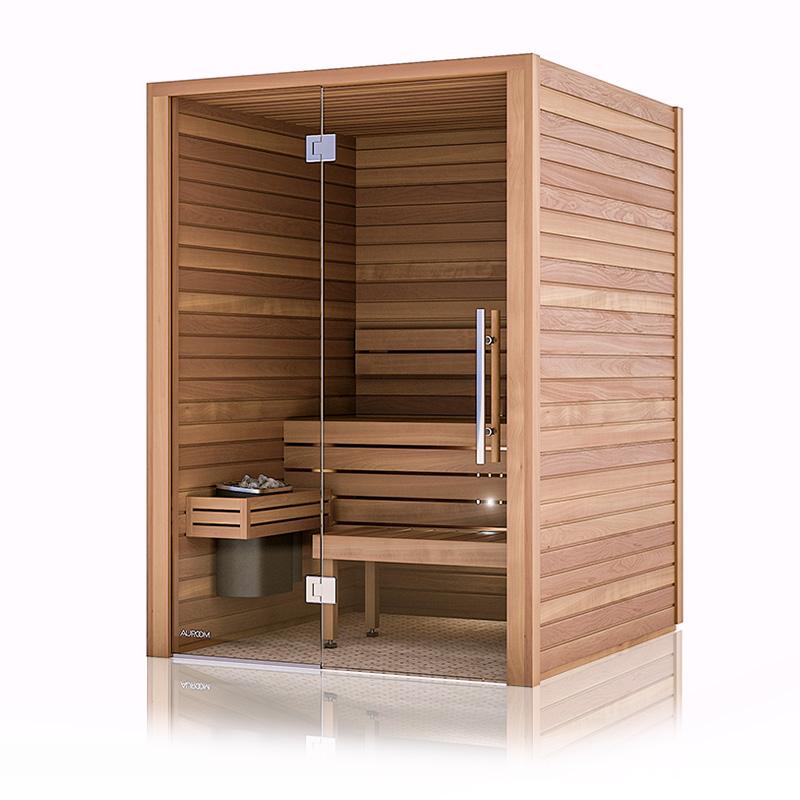The Definitive Guide to Traditional Sauna
The Definitive Guide to Traditional Sauna
Blog Article
Rumored Buzz on Traditional Sauna
Table of ContentsSome Known Details About Traditional Sauna A Biased View of Traditional SaunaThe Definitive Guide to Traditional SaunaLittle Known Facts About Traditional Sauna.Getting My Traditional Sauna To Work
Most of the weight lost in a sauna is water loss and is re-gained upon rehydrating. Nevertheless, without a question sauna can be a vital part of a healthy weight management program. To take a look at the differences in between conventional and IR saunas, I will separate these right into verifiable, theoretical, and made differences.Hence, the hottest point in the saunawhich goes to the ceiling directly over the sauna heateris commonly in between 185 and 190 F. Claims that a typical sauna surpasses 200 F is simply not true and not appropriate for electrical saunas sold in the United States. The temperature for a far-infrared sauna is usually established between 120 and 140 F; nonetheless, unlike the standard sauna, the objective in and IR area is not to accomplish a heat.
Due to the fact that of this, the temperature distinction is almost pointless, given that extreme sweating causes both sauna types, but the method of heating up the body is various. In an IR sauna the bather will really feel hot and will certainly sweat a lot, but at much reduced temperatures (Traditional Sauna). Hence, if the goal is to spend longer amount of times in the sauna, the IR sauna is an excellent selection
When a typical sauna has been appropriately warmed, the sauna walls are cozy, the air temperature has attained established temperature level and the rocks are incredibly heated. As a fascinating side note, the warmed wall surfaces and the rocks are emitting far-infrared warmth, combined with the heated air, to produce an "wrapping up warmth".
What Does Traditional Sauna Mean?

When the high temperature level is accomplished, the aspects cycle on and off to preserve the heat. A lot of standard sauna individuals delight in pouring water over the rocks to create steam to elevate sauna moisture levels. The benefits of putting water over the rocks include: making the room much more comfy, dampening the nasal passages, and enabling the usage of aromatherapy by blending necessary oils with the water.

When the power enters the body, it triggers the body temperature to raise read and eventually leads to perspiration. In an infrared sauna it is necessary for the emitters/heaters to remain on virtually continuously. Since there is no mass of rocks to preserve heat, the sauna will certainly cool down if the emitters shut down.
As discussed above, the sauna bather in an infrared space wishes to position himself before running emitters to get optimal benefit from the warm. The home heating time for the two areas can be very different, relying on how the spaces are made use of. For a typical sauna, a bather ought to enable 30-40 mins for the area to achieve a wanted temperature and to appropriately pre-heat the rocks.
Not known Facts About Traditional Sauna
A well built sauna will usually attain a temperature level of 150-160 F in about 30-40 minutes. For hotter temperatures, the area might need to warmth for a longer period.

Conventional saunas often tend to be larger (for this reason utilize even more electrical energy) than infrared saunas, although traditional saunas are definitely available in one and two check my source individual sizes. For a two-person standard sauna, 5x6 or 5x7 size is most prominent. The leading bench can conveniently seat 2 or three individuals and is additionally long enough to rest throughout the sauna session.
The Definitive Guide to Traditional Sauna
The ordinary price per kWH of electricity in the U.S. is approximately $0.11, so a 4.5 kW heating system will cost roughly $.50 to run for one hour, if the heating system runs continually for one hour. Normally a sauna heating system will certainly compete 75% of check out here the first hour and 50% of subsequent hours on because the aspects cycle once the set temperature level is accomplished.

There is a hardly ever reviewed difference in the social experience between the 2 areas. While our culture has lost some of the social benefit of the typical sauna experience, it can be extremely socially satisfying (Traditional Sauna). From household time in the sauna, to heart-felt conversations with loved ones, to sauna partiesthe typical sauna experience can cause intimate socializing
Little Known Facts About Traditional Sauna.
Most higher end infrared rooms consist of tinted light therapy, sound systems and full-glass fronts.
Report this page